Best Practices Articles

Reinventing Partner Marketing in the Microsoft Ecosystem: AI, Automation, and SMB Transformation
Partner marketing has undergone a seismic shift recently, particularly within the Microsoft ecosystem. Once rooted in traditional channel programs, co-op marketing, and basic fulfillment models, the modern era of partner marketing is being shaped by artificial intelligence, vertical market alignment, and the increasing adoption of business process automation. These changes are especially pronounced in the small and medium business (SMB) space, where transformation accelerates as digital tools become more accessible and scalable. This evolution is not merely about new tools—it represents a change in philosophy, tactics, and outcomes.
In a recent podcast hosted by Sugata Sanyal, Founder & CEO of ZINFI, these trends were unpacked in depth through a conversation with Jon Rivers, Co-Founder of Marketeery, a marketing agency dedicated to supporting Microsoft ERP and CRM partners. The discussion traced how partner marketing has shifted from basic outreach and sales enablement to a fully integrated, strategic discipline. It also highlighted how business process automation and SMB transformation are now central to partner-led go-to-market strategies.
As organizations like Marketeery support partners focused on Microsoft Business Central, Power Platform, and related services, they face an increasingly sophisticated buyer journey. In today's market, the average SMB buyer is already 70% through their decision-making process before contacting a solution provider. This has changed the way partner marketing must function. From proactive content marketing and thought leadership to AI-driven customer journeys and vertical storytelling, the emphasis is now on solving business problems, not simply selling software licenses.
This article explores how partner marketing has evolved within the Microsoft ecosystem, focusing on its alignment with SMB transformation and business process automation. From shifting buyer behaviors to the rise of vertical SaaS, we examine how today's marketing partners must think, plan, and operate differently to succeed.
How Evolving Buyer Behavior Is Reshaping Partner Marketing Strategies
One of the most profound drivers behind the evolution of partner marketing is the change in buyer behavior. As discussed in the podcast, today’s buyers—especially within the SMB sector—are more educated and resourceful than ever. With a vast amount of information available online, SMB customers typically complete a large portion of their research before they even consider reaching out to a Microsoft partner. This new behavior pattern adapts partner marketing strategies, emphasizing early-stage content, digital engagement, and authority building.
In this new landscape, SMB transformation is about technology implementation and rethinking the entire customer journey. Marketing must now educate potential customers through blog posts, videos, podcasts, webinars, and use-case narratives. SMBs expect partners to understand their industry, speak their language, and offer solutions tailored to their unique challenges. As a result, partner marketing has moved away from one-size-fits-all messaging to personalized, vertical-focused storytelling that builds trust early in the buyer journey.
Moreover, business process automation has amplified the pace and precision with which partners can engage prospects. From AI-powered email campaigns to CRM-integrated behavior tracking, automation allows marketing teams to provide relevant information at the right moment. This technology improves operational efficiency and empowers partners to scale their efforts while maintaining personalization. These changes are essential for Microsoft partners working in retail, healthcare, or manufacturing industries. The modern SMB buyer doesn’t want a product pitch—they want to understand how a partner will streamline their business, reduce costs, or improve customer experience.
As SMB transformation accelerates, expectations rise. Buyers want seamless experiences across digital channels, fast access to information, and solutions that solve specific problems. Partner marketing has become an orchestration engine—a coordinated effort that blends SEO, social media, CRM data, and analytics. Instead of one-off campaigns, the focus is on creating ongoing value through content ecosystems, automation flows, and personalized engagement. This is the foundation for building long-term relationships, not just one-time deals.
Vertical Alignment and Strategic Partner Marketing in the Microsoft Ecosystem
Jon Rivers emphasized the importance of vertical alignment as a defining feature of successful partner marketing strategies today. Within the Microsoft ecosystem, this shift is particularly evident. Partners are no longer positioning themselves as generalists. Instead, they are developing deep expertise in specific industries such as legal, hospitality, healthcare, and professional services. This vertical focus allows for creating precise messaging, tailored solutions, and targeted campaigns that resonate with SMBs seeking business process automation tailored to their workflows.
Vertical SaaS is becoming a cornerstone of SMB transformation. As Rivers explained, many Microsoft ISVs and integrators are building solutions that integrate tightly with platforms like Business Central and Power Platform, delivering end-to-end automation for specific business functions. For example, a partner might develop a complete system for managing medical clinics, including appointment scheduling, billing, inventory, and compliance tracking—all built on Microsoft tools. This tailored offering significantly enhances the partner’s ability to market effectively within that niche.
In partner marketing, it becomes much more than an outbound effort. It becomes a mechanism for communicating industry knowledge, demonstrating thought leadership, and proving capability through evidence-based case studies. Partners leverage business process automation for their clients and within their go-to-market operations. Automated content scheduling, innovative lead scoring, and AI-driven analytics are now integral to modern campaigns. The Microsoft partner ecosystem supports this vertical approach through its programs, co-op funding, and increasingly AI-enabled marketing tools, further driving the transformation of how partners approach their markets.
Automation allows partners to track results more precisely and pivot quickly when needed. Whether launching a vertical campaign or refining messaging based on engagement data, business process automation makes the entire marketing engine more agile. In the broader context of SMB transformation, this agility is essential. Small businesses must respond to market changes faster than ever, and partners must equip them with software, systems, and strategies that support adaptive growth.
The Shift to Value-Centric Partner Marketing from Traditional Channel Fulfillment
Historically, channel marketing was often treated as a fulfillment function. Distributors would flow funds through to resellers who might use those resources for basic campaigns, often with minimal strategic direction. Today, that approach is obsolete. Partner marketing has transformed into a value-centric discipline that requires coordination, expertise, and data-driven execution. Rivers noted that agencies like Marketeery often function as fractional CMOs, helping Microsoft partners build and execute long-term marketing strategies aligned with business goals.
This transition mirrors broader SMB transformation trends. As small businesses adopt more sophisticated tools, they demand more value from their technology partners. This includes technical implementation, strategic insight, measurable ROI, and the ability to guide digital transformation. Business process automation plays a pivotal role in this relationship. By automating back-office functions, reporting, and customer communications, partners help SMBs unlock capacity that can be redirected toward innovation, customer service, and growth.

In this new model, marketing becomes integral to delivering that value. The best partner marketing strategies involve solving real problems and providing tangible outcomes. Case studies and testimonials are no longer optional—they are critical assets. And because SMBs increasingly rely on digital channels for discovery and validation, a strong online presence—supported by SEO, AI search optimization, and social proof—is essential. Partner marketing in the Microsoft ecosystem is expected to deliver full-funnel engagement, from awareness and education to conversion and retention.
Moreover, SMB transformation relies on storytelling and education. Partners must not only show what their solution does, but also how it improves business processes. This is where marketing content becomes powerful. Thought leadership pieces, interactive webinars, and customer success videos contribute to a richer brand presence. When partners align their marketing with real-world outcomes, they turn their campaigns into proof points—bridging the gap between awareness and decision-making. In this way, marketing becomes both an engine for growth and a driver of customer success.
Partner Marketing in the Age of AI: A Strategic Growth Engine
Integrating artificial intelligence into marketing workflows has only accelerated the need for strategic partner marketing. In the Microsoft ecosystem, AI tools enhance internal operations and provide more personalized customer journeys. These capabilities are critical for SMB transformation. They want marketing and sales experiences that mirror the consumer world: fast, intuitive, and hyper-relevant. Partner marketing strategies now incorporate AI-based content recommendations, intelligent automation for nurturing leads, and predictive analytics that guide decision-making across the funnel.

Agencies like Marketeery are using AI to automate the repetitive tasks that once consumed valuable human hours. From scheduling social media posts to identifying optimal sending times for email campaigns, AI supports marketing at every stage. More importantly, it enables partners to offer more innovative services to their clients. By embedding AI-driven workflows into SMB operations, partners become enablers of transformation, not just service providers. This aligns with the broader shift where marketing is both a growth engine and a strategic differentiator.
The continued adoption of AI and automation will reshape what it means to be a partner in the Microsoft space. Marketing will no longer be measured solely by impressions or clicks but by contributing to business process automation and end-to-end SMB transformation. This elevated role brings greater responsibility and opportunity. By aligning AI, industry expertise, and outcome-based marketing, partners can create long-term value for clients and drive sustained success for their businesses. In this era of intelligent transformation, partner marketing stands at the intersection of innovation and impact.
Conclusion
Partner marketing has undergone a profound transformation, evolving from basic, fulfillment-driven initiatives to a strategic, AI-powered, and value-centric discipline. This shift is especially pronounced within the Microsoft ecosystem, where small and medium businesses (SMBs) now demand industry-specific expertise, business process automation, and deeply personalized engagement.
Today's partner marketers must act as strategic enablers of SMB transformation, leveraging content ecosystems, automation, and vertical alignment to deliver measurable outcomes. Success hinges on understanding the customer journey, solving real business problems, and aligning marketing efforts with tangible business value. The use of AI and automation has become essential—not just to improve efficiency but to elevate marketing into a growth engine that drives ongoing client success.
In this intelligent, fast-paced digital era, partner marketing is no longer about promoting products—it’s about delivering transformation through insight, precision, and strategic alignment.
Best Practices Guidebook
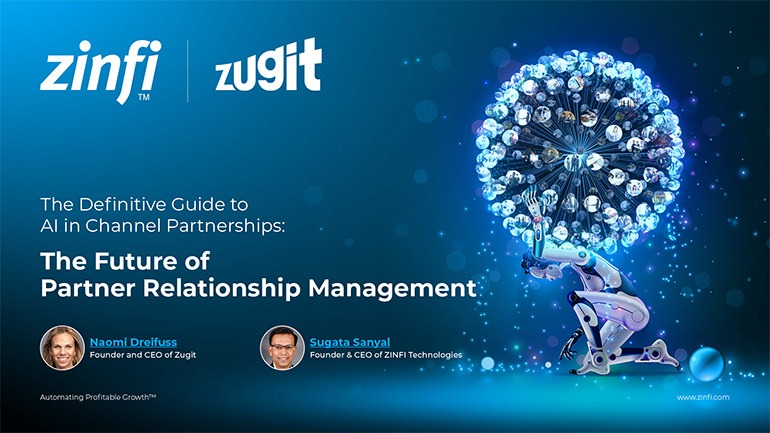 The Future of Partner Relationship Management with AI in Partnerships
The Future of Partner Relationship Management with AI in PartnershipsDownload for FREE
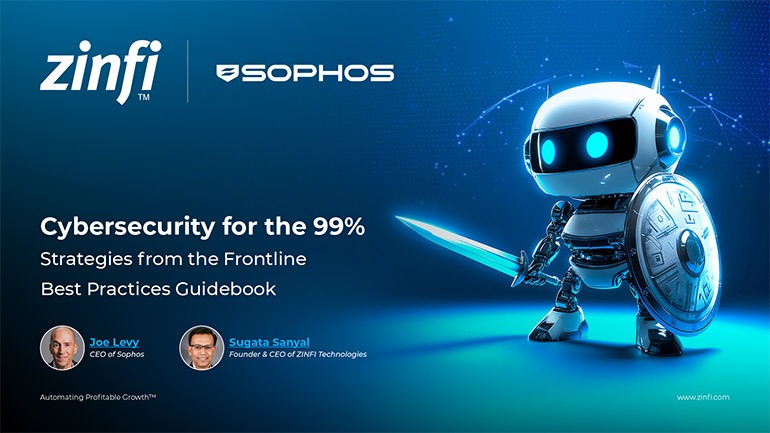 Cybersecurity for the 99%: Strategies from the Frontline
Cybersecurity for the 99%: Strategies from the FrontlineDownload for FREE
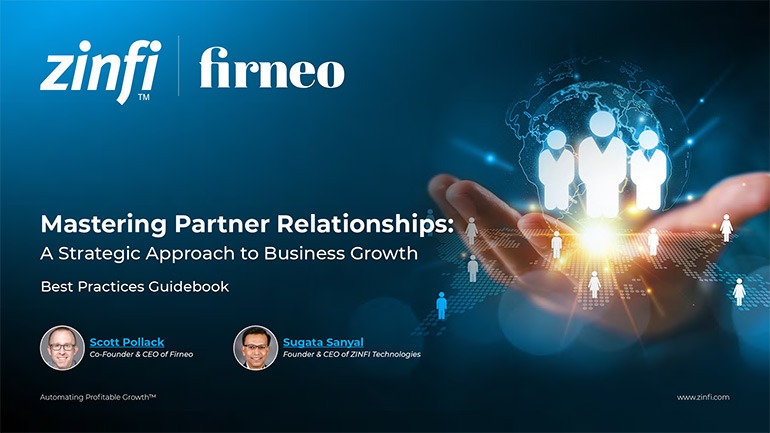 Mastering Partner Relationships: A Strategic Approach to Business Growth
Mastering Partner Relationships: A Strategic Approach to Business GrowthDownload for FREE
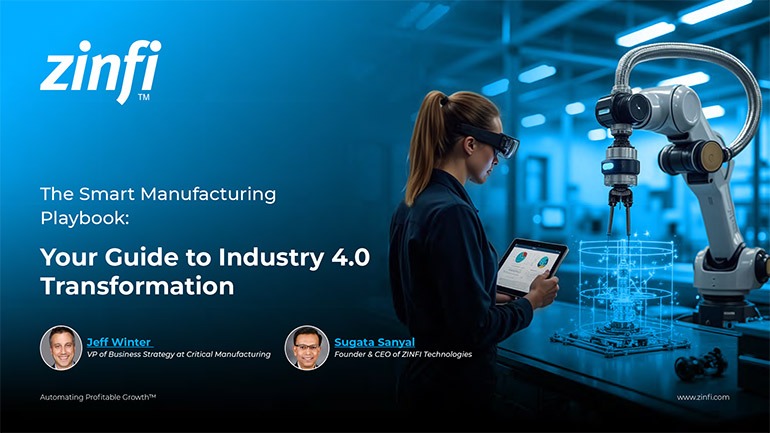 The Smart Manufacturing Playbook: Industry 4.0 Transformation
The Smart Manufacturing Playbook: Industry 4.0 TransformationDownload for FREE
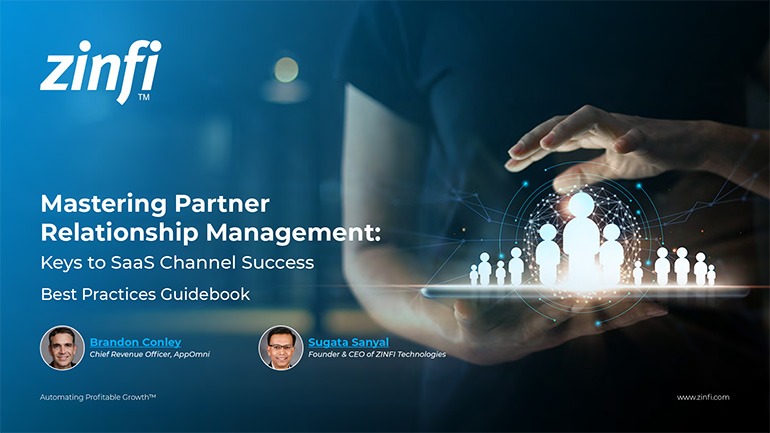 Mastering Partner Relationship Management: Keys to SaaS Channel Success
Mastering Partner Relationship Management: Keys to SaaS Channel SuccessDownload for FREE
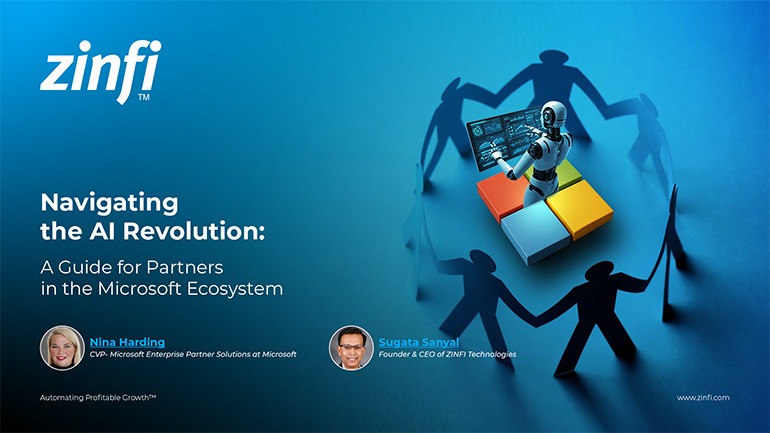 Navigating the AI Revolution: Guide for Partners in the Microsoft Ecosystem
Navigating the AI Revolution: Guide for Partners in the Microsoft EcosystemDownload for FREE
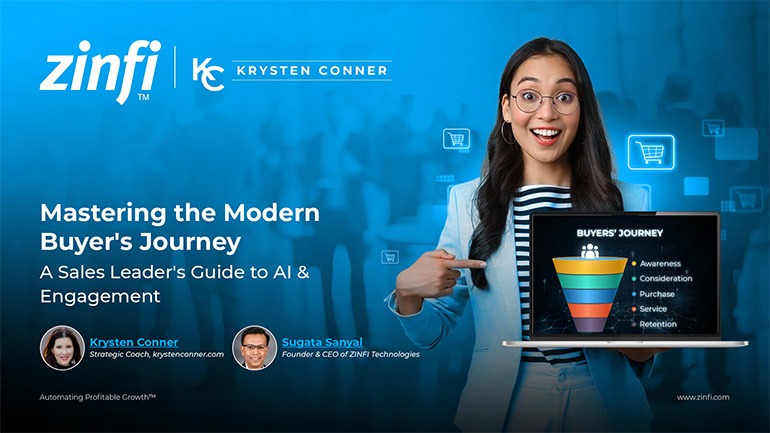 Mastering the Modern Buyers Journey: Sales Leader’s Guide to AI & Engagement
Mastering the Modern Buyers Journey: Sales Leader’s Guide to AI & EngagementDownload for FREE
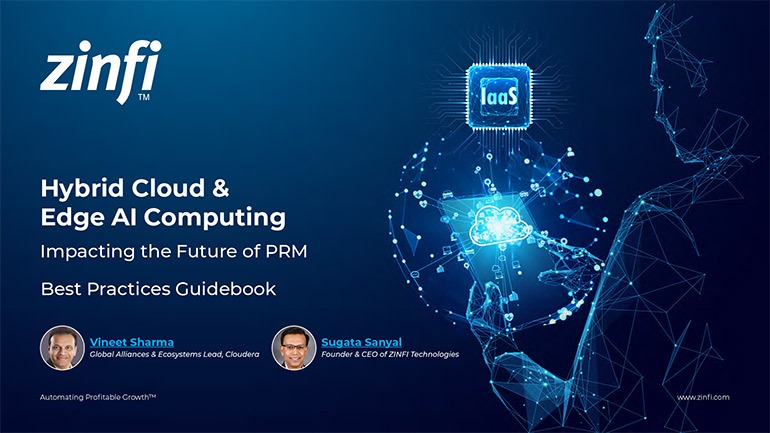 Hybrid Cloud and Edge AI Computing Impacting the Future of PRM
Hybrid Cloud and Edge AI Computing Impacting the Future of PRMDownload for FREE
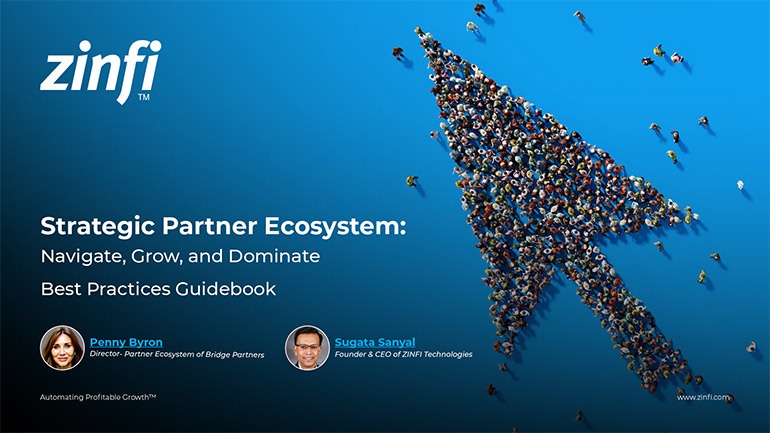 Strategic Partner Ecosystem: Navigate, Grow, and Dominate
Strategic Partner Ecosystem: Navigate, Grow, and DominateDownload for FREE
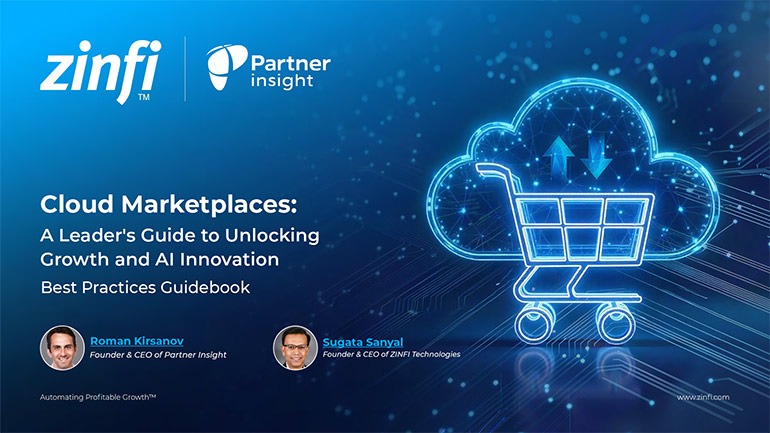 Cloud Marketplaces: Leader’s Guide to Unlocking Growth and AI Innovation
Cloud Marketplaces: Leader’s Guide to Unlocking Growth and AI InnovationDownload for FREE
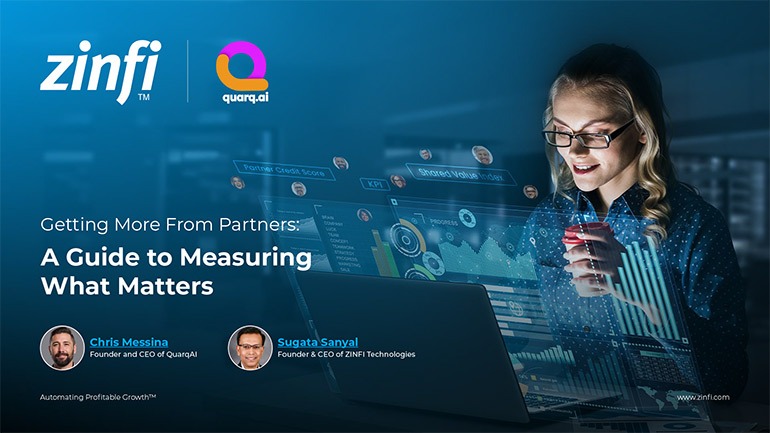 Getting More From Partner Performance: A Guide to Measuring What Matters
Getting More From Partner Performance: A Guide to Measuring What MattersDownload for FREE
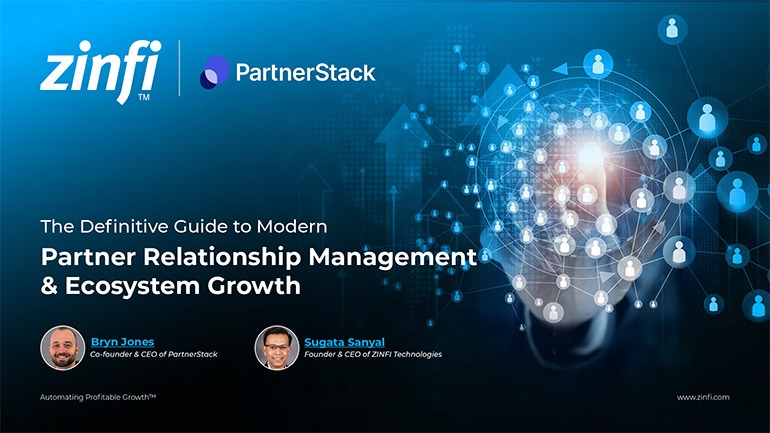 Definitive Guide to Modern Partner Relationship Management & Ecosystem Growth
Definitive Guide to Modern Partner Relationship Management & Ecosystem GrowthDownload for FREE
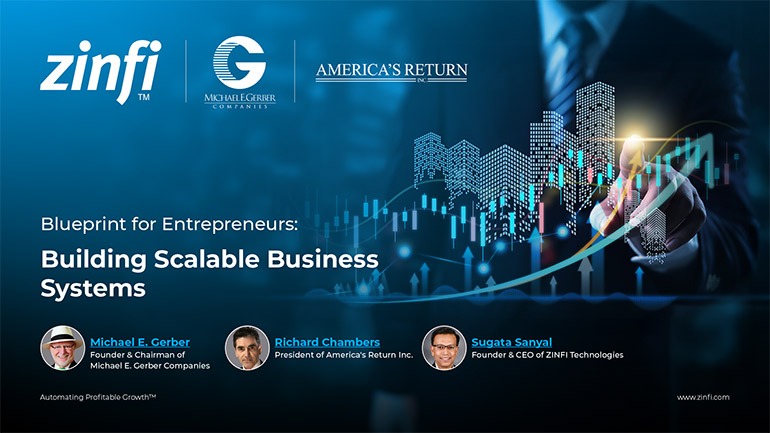 Debunking the Entrepreneurship Myth: Entrepreneurship’s Past, Present, and Future
Debunking the Entrepreneurship Myth: Entrepreneurship’s Past, Present, and FutureDownload for FREE
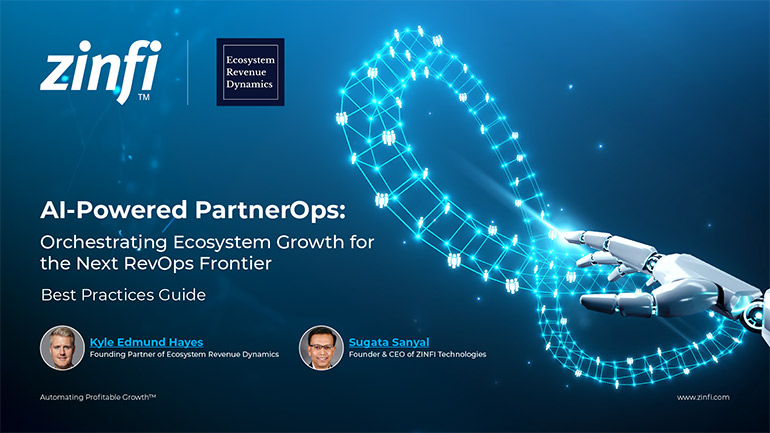 AI-Powered PartnerOps: The Next RevOps Frontier Best Practices
AI-Powered PartnerOps: The Next RevOps Frontier Best PracticesDownload for FREE
 Humanizing Brands: Guide to Strategic Partnering Best Practices
Humanizing Brands: Guide to Strategic Partnering Best PracticesDownload for FREE
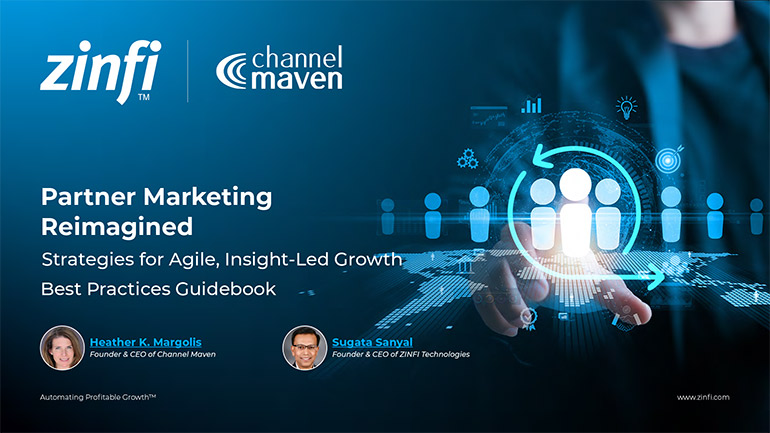 The AI-Powered Partner Ecosystem Best Practices
The AI-Powered Partner Ecosystem Best PracticesDownload for FREE
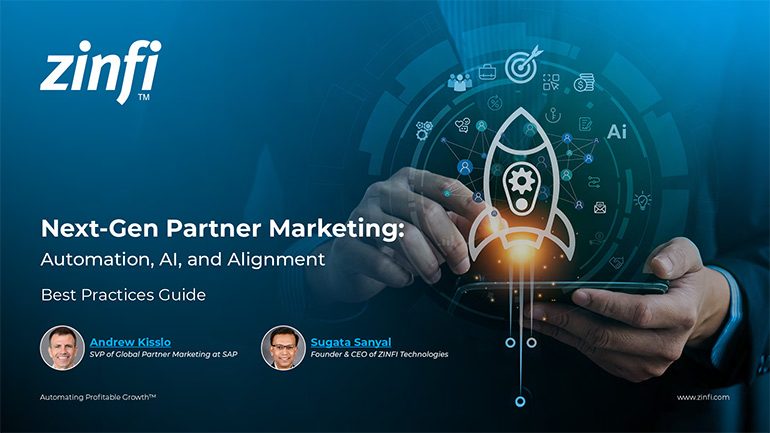 Next-Gen Partner Marketing: Automation, AI, and Alignment
Next-Gen Partner Marketing: Automation, AI, and AlignmentDownload for FREE








